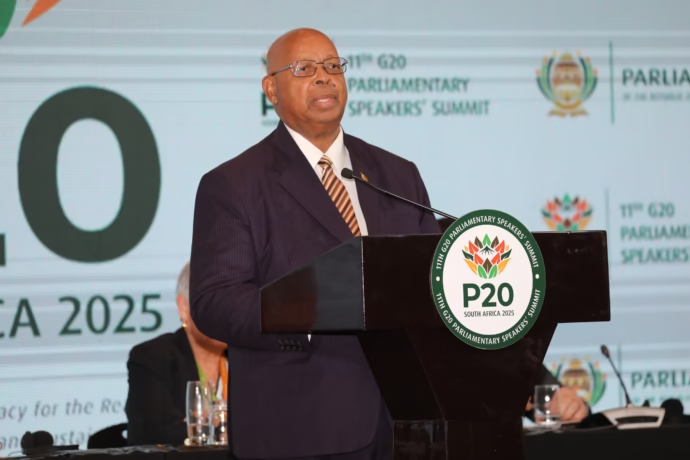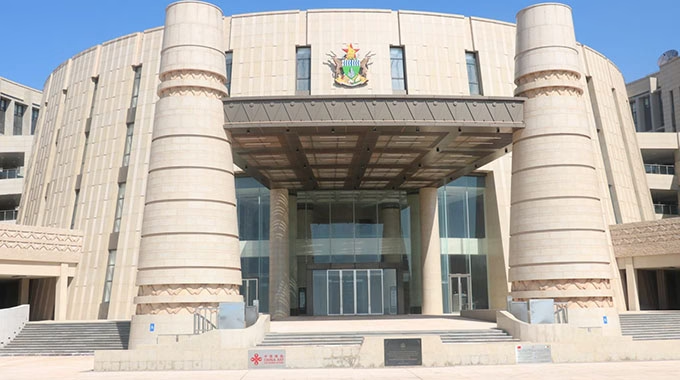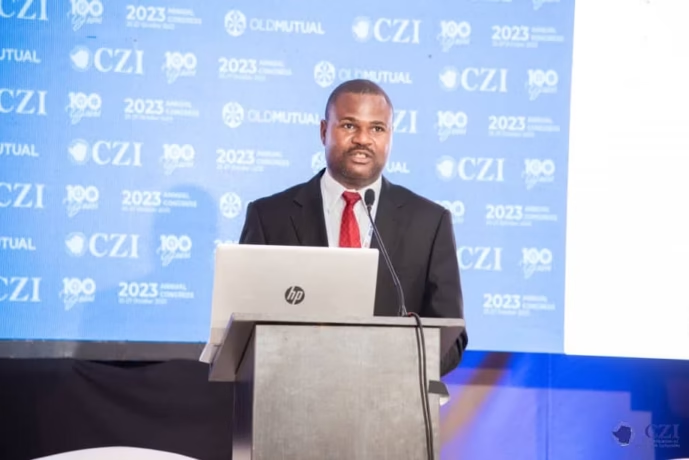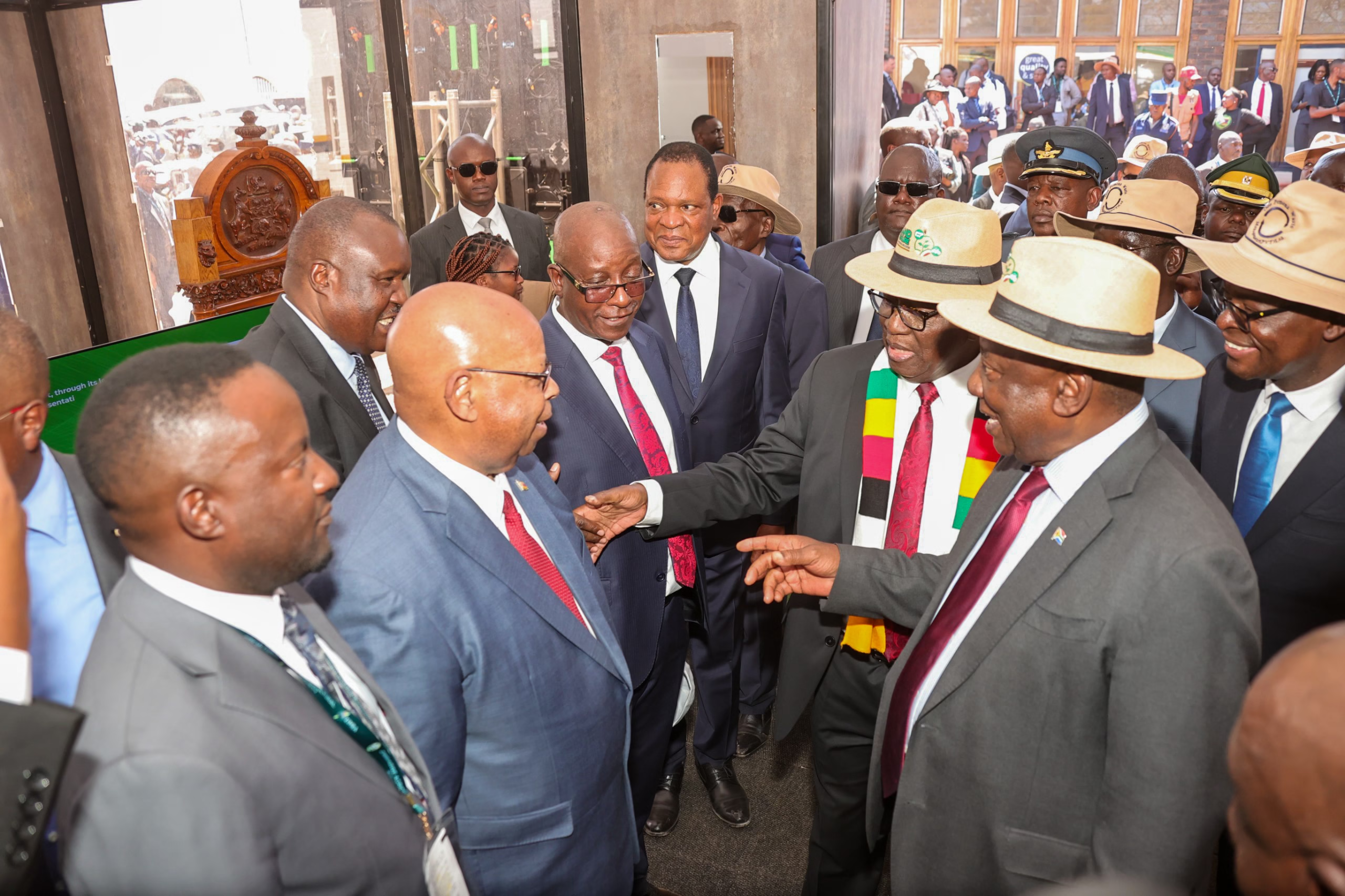
By Aldridge Dzvene
From the 2025 Zimbabwe Agricultural Show in Harare to the strategic corridors of the Southern African Development Community Parliamentary Forum, Zimbabwe’s Parliament has revealed itself as a dynamic institution, one that transcends mere legislative formality to operate as a living, responsive, and measurable network of governance, citizen engagement, and regional influence, at the Show the Parliament stand became a pulsating node of interaction, a space where citizens were not passive observers but active participants, engaging directly with lawmakers, interrogating policy decisions, exchanging insights on national priorities, and collectively calibrating their expectations against legislative realities, when President Mnangagwa and President Cyril Ramaphosa joined in a spontaneous cultural exchange, harmonizing song and dialogue with parliamentarians and staff, the moment crystallized the interweaving of culture, authority, and accountability, signaling that Parliament is not a static institution but a system operating with measurable social resonance and civic visibility.
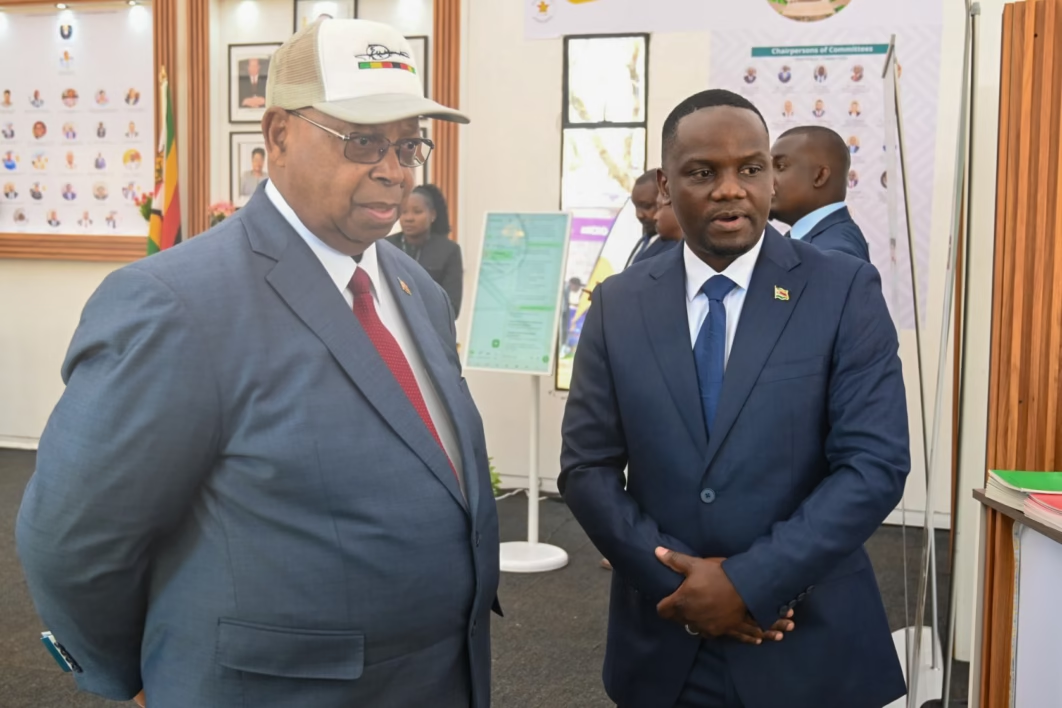
This visibility functions as a calibrated parameter of Parliament’s triadic mandate, lawmaking, oversight, and nation-building, lawmaking extends beyond the mechanical drafting of statutes, encompassing anticipatory frameworks, scenario-based rights protection, and the operationalization of social-economic regulation, oversight translates legislative intent into functional performance, ensuring that executive actions are measured against efficiency thresholds, transparency indices, and compliance vectors, nation-building occurs as diverse voices converge within structured platforms, producing measurable cohesion outputs, stability parameters, and participatory governance indices, the Agricultural Show itself operated as an experiential matrix, a space where public perception of Parliament shifted from abstract institution to tangible, accountable agent, where every dialogue, every interaction, and every observable reaction functioned as a data point in the broader model of civic resonance, demonstrating that Parliament’s influence extends beyond statute into lived experience.
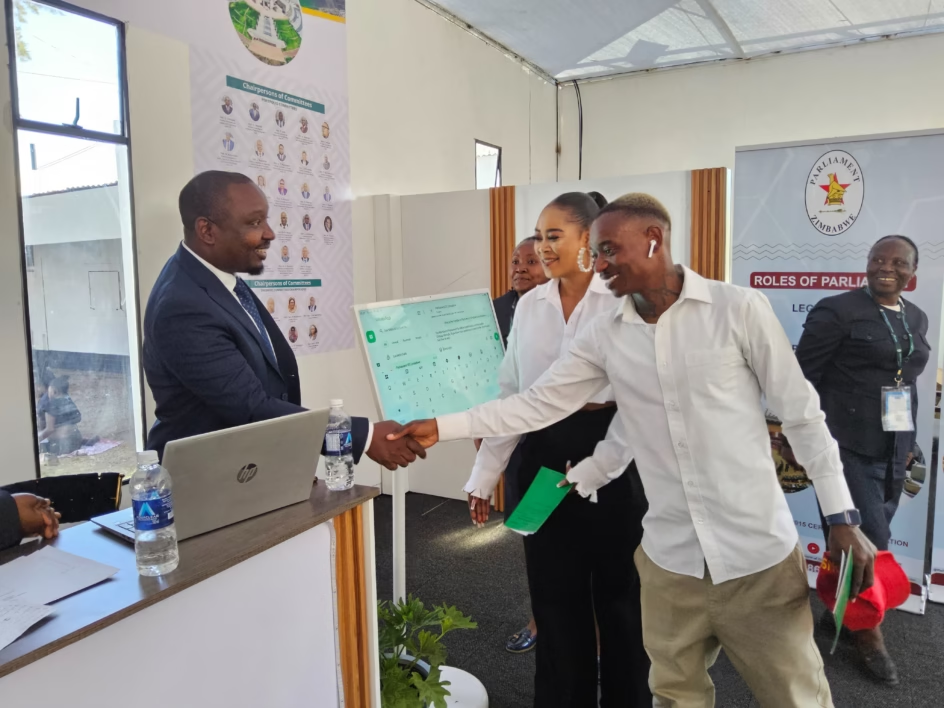
Building on this domestic architecture, Zimbabwe’s stewardship of the SADC Parliamentary Forum has transformed regional parliamentary diplomacy into a parameter-driven landscape, under the leadership of Speaker Jacob Mudenda, ceremonial engagements were supplanted by actionable, measurable legislative discourse, initiatives such as the Agrifood Alliance operationalized regional agricultural efficiency, introducing resilience indices, cross-border value chain optimization, and food security metrics that align with systemic growth vectors, climate-smart agricultural workshops instituted adaptation parameters and knowledge transfer matrices, while the Right to Food legislative framework introduced measurable legal safeguards, policy adoption benchmarks, and operational compliance standards, renewable energy harmonization efforts leveraged integrated market models, promoting energy access parameters, sustainability thresholds, and economic resilience indicators, establishing the Parliament as a driver of regional coherence and measurable development.

Within the SADC Parliamentary Forum’s AI-focused sessions, delegates embraced transformative outcomes over procedural formalities, AI adoption was parameterized into clear commitments, the development of a regional Model Law on AI provided a framework for standardized national legislation, infrastructure and skill audits established operational efficiency parameters, targeted capacity-building programs enhanced AI literacy, ethical application, and decision-making precision, committees on technology, governance, and ethics operationalized workshops, simulations, and inter-parliamentary exchanges as functional knowledge transfer mechanisms, responsible AI adoption aligned with cybersecurity thresholds, data protection standards, and digital sovereignty metrics, these interventions were not theoretical but outcome-driven, producing measurable enhancements in legislative processes, technological integration, and systemic governance performance.
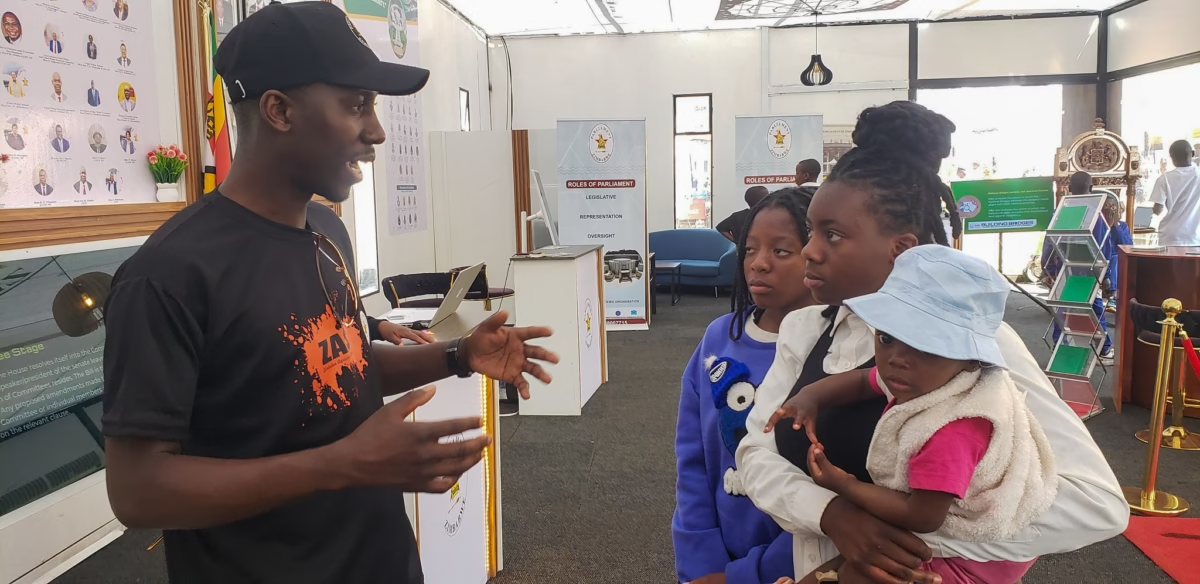
Gender equality, youth empowerment, and civic inclusion were embedded into quantifiable frameworks, participation indices and policy touchpoints were monitored, youth advocacy integrated through AI-enabled civic engagement platforms produced measurable increases in policy awareness and legislative responsiveness, women’s engagement parameters were elevated, resulting in improved representation metrics, these initiatives reflect a strategic understanding that demographic realities and inclusive governance are essential for regional integration, policy sustainability, and democratic resilience, the interplay between domestic citizen engagement and regional legislative strategy created a calibrated model of governance, visible, effective, and dynamically responsive, where parliamentary influence is measured not only in outputs but in social resonance, civic feedback loops, and sustainable policy uptake.
The synthesis of grassroots engagement at the Agricultural Show with strategic regional leadership in AI integration and legislative modernization illustrates a Parliament operating as a highly parameterized system, balancing representation, oversight, and nation-building, projecting measurable influence beyond national borders, bridging citizen aspirations with regional policy imperatives, ensuring that governance is not abstract but operationalized, adaptive, and accountable, Parliament emerges as a living, vibrant network, continuously optimizing impact, responsiveness, and sustainability, from the local field to regional forums, from public dialogue to legal frameworks, every interaction, every policy initiative, every committee deliberation functions as a measurable node within a broader system of civic and regional governance, producing outcomes that are tangible, replicable, and reflective of a proactive, technologically advanced, and deeply engaged legislative body.
Zimbabwe has demonstrated that parliamentary institutions can simultaneously cultivate domestic trust, advance regional integration, and institutionalize innovation, leveraging AI, participatory mechanisms, and strategic oversight to produce governance parameters that are robust, scalable, and resilient, from the flow of conversation at community exhibitions to the calibrated resolutions of regional forums, Parliament operates as a vibrant ecosystem, harmonizing culture, technology, law, and civic interaction into a cohesive, measurable framework, ensuring that every legislative, oversight, and nation-building action produces discernible impact, aligns with sustainable development vectors, and resonates with the aspirations of the citizenry, producing a Parliament that is simultaneously reflective, effective, and future-ready, a living system operating with vibrancy, balance, and quantifiable influence across domestic and regional spheres.


